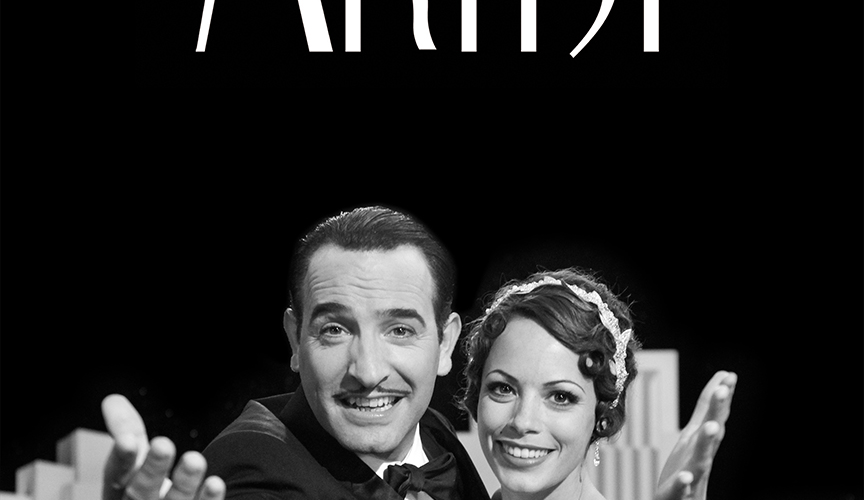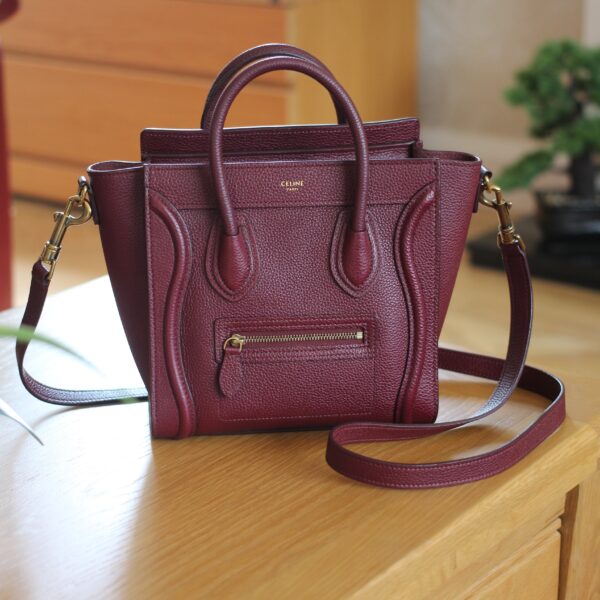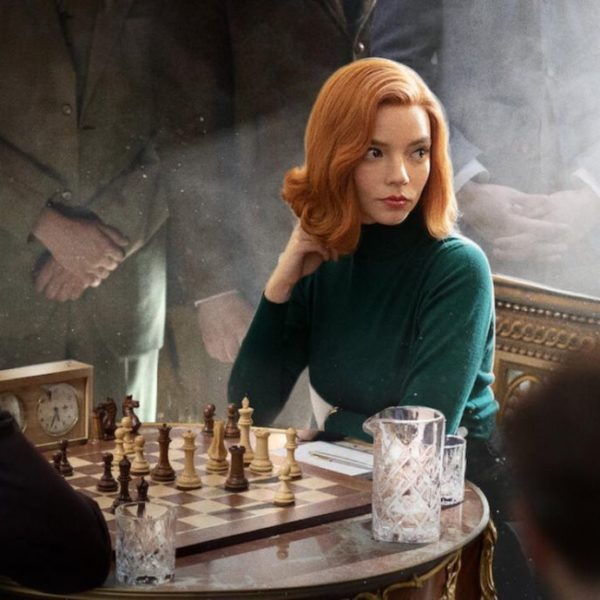The Artist film review
Silence really is golden. Offering a captivating story, a charming cast and a celebration of old Hollywood, silent film The Artist is a black and white delight – yet one of the most colourful films you will see.
Cinematic genius is a label not to be used lightly, especially when considering cinema releases in recent years, where money is everything (3D and special effects, while impressive, often overpower the film and usurp the plot and characters) and creativity takes a hit in favour of carbon-copy pictures produced purely for profit. French production The Artist is a breath of fresh air, offering audiences a nostalgic and romantic peek into Hollywood’s golden era.

Set in the 1920s, it pays homage to old Hollywood, on every level. It is shot with 1:33 aspect ratio, in black and white – aesthetically, it looks like an authentic 1920s film. Dialogue is featured in title cards in between shots. An equally significant part of its structure is the audio. The story is told with the assistance of dramatic, poignant music that wouldn’t be out of place in a classic Chaplin production. The music, along with exaggerated expression from the characters, helps to portray emotion so strongly that the characters needn’t utter a word at all (if they could).
It is 1927 and we are introduced to George Valentin (Jean Dujardin), the biggest actor in Hollywood’s silent film era. With his slicked back hair, carefully groomed moustache and sharp suit, he is the epitome of early Hollywood style. George is adored by fans as he steals the limelight from his wife at film premiere, A Russian Affair.
Outside the premiere, George is greeted by his public, and is bumped into by fan, and soon to be screen starlet, Peppy Miller (Berenice Bejo). Armed with beauty and moxie, Peppy auditions for a part in a movie alongside George. We watch the pair become infatuated, but George chooses not to have an affair, instead helping Peppy get her big break. He watches on as she shoots to the top as a talkies superstar.
George refuses to appease to the talkies, insisting on his artistic integrity, but is unequivocally left behind by technological advancement. He loses his wife, home and almost his mind, being left with nothing but alcohol, his old films and his loyal dog.

Uggie, by the way, is the other star of the show. He plays George’s faithful Jack Russell, who is a doggy delight, providing laughs and ultimately saving the day following a moment of madness from George.
Upon watching The Artist, you could be forgiven for drawing a contrast between it and Singin’ in the Rain. But while Singin’ in the Rain is a light hearted, colourful representation of the transition to talkies, The Artist takes on a more sombre tone in places, as Valentin’s career and personal life crumble, like so many careers did upon the transition to sound in film.
A wonderfully fun and engaging watch, The Artist carries significance and starkly highlights the merits that modern cinema has lost in the midst of its mindless explosions and the 3D ‘revolution’ – elegance, sophistication and powerful sentiment.
* * * * *





Leave a Reply